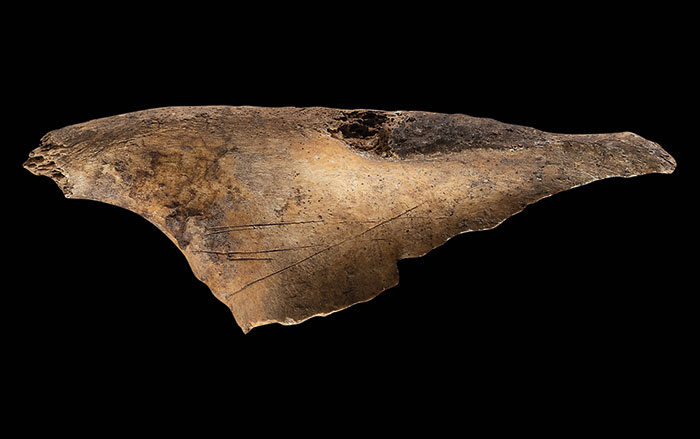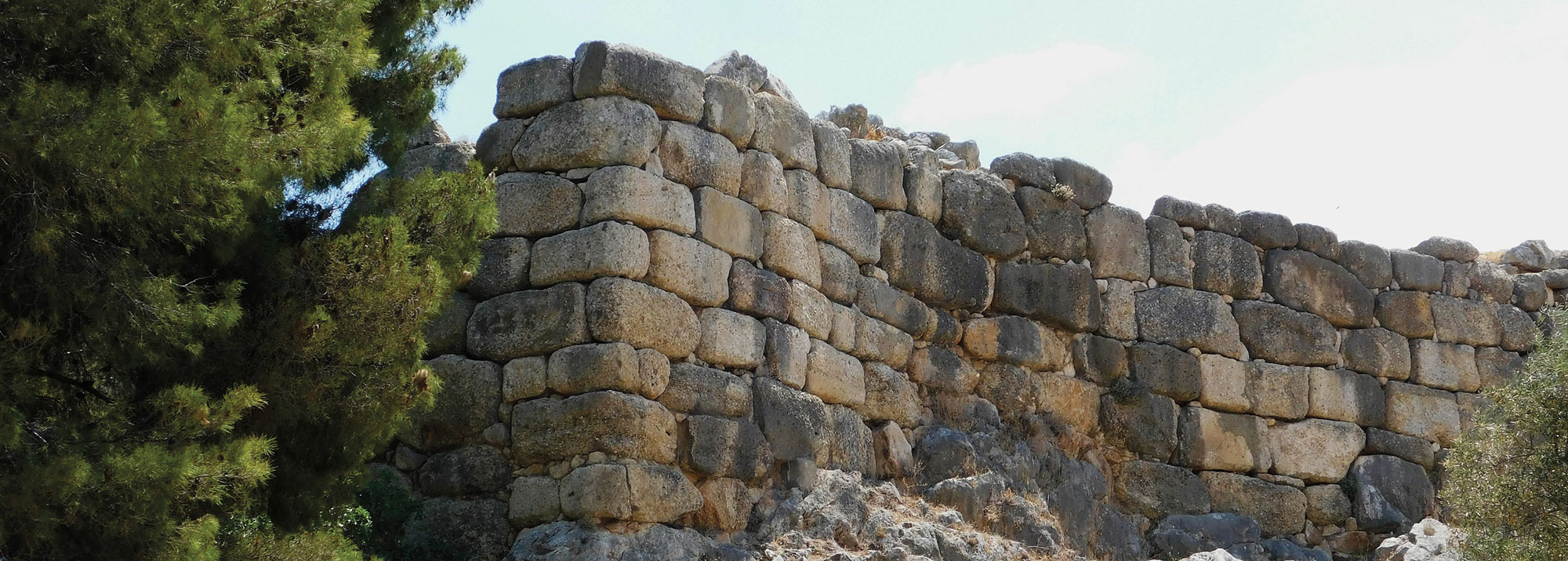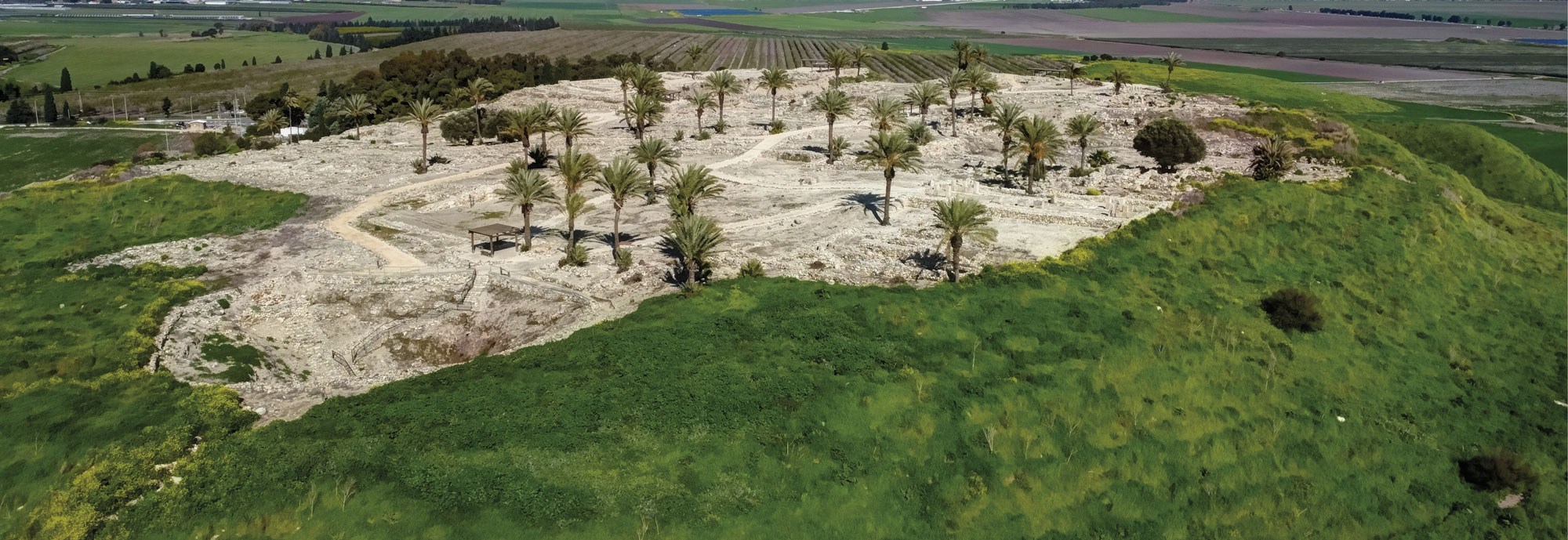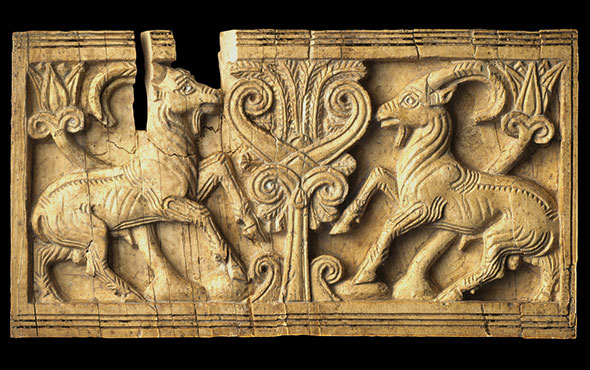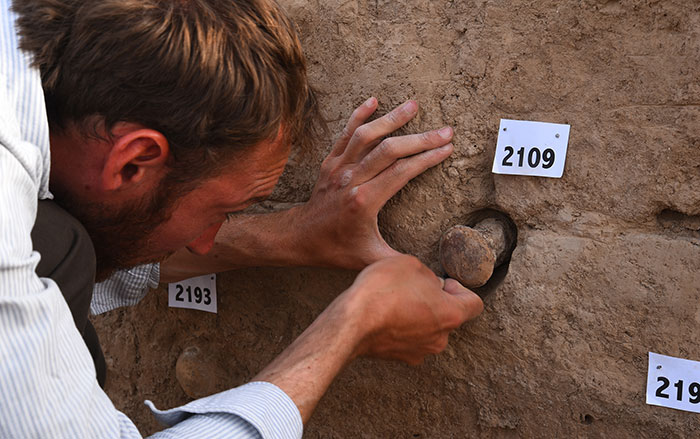
JENA, GERMANY—According to a Genome Web report, a study of the genomes of 45 people who lived between 6,500 and 3,500 years ago throughout the Caucasus region indicates that they were genetically similar to each other, even though the artifacts they left behind suggest they lived in distinct cultural groups. The Caucasus region stretches from the Black Sea to the Caspian Sea, and includes part or all of what is now Russia, Azerbaijan, Armenia, Georgia, Iran, and Turkey. Wolfgang Haak of the Max Planck Institute for the Science of Human History suggested that Bronze Age farmers living in the southern Caucasus likely spread north over the mountains, where they met nomads from the Eurasian steppe, some of whom were related to Yamnaya groups to the northwest. Other steppe-dwellers, such as the Steppe Maykop, had genes resembling those found in Paleolithic Siberians, ancient Native Americans, and modern North Asians, he said. Some of these groups met in an interaction zone, where they were likely to have exchanged genes along with cultural, technological, and social innovations such as effective metal weapons, the wheel, and the wagon. To read about a slightly more recent culture from the Caucasus, go to “Rites of the Scythians.”


